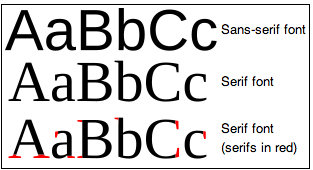What is a metanarrative?

The definition of metanarrative is earnestly debated in faculty lounges and hipster coffee-bars. Here is one attempt: a narrative about narratives of historical meaning, experience or knowledge, which offers a society legitimation through the anticipated completion of a (as yet unrealised) master idea. J. Childers/G. Hentzi eds., The Columbia Dictionary of Modern Literary and Cultural Criticism (1995) p. 186 What does this mean in comprehensible English? I can make no sense of 'narratives of historic meaning' but the meta here seems to be defined as 'wider' or 'overarching'. So for a Marxist the story of the Russian Revolution forms part of the wider metanarrative of the (supposed) history of class struggle. Terms like metanarrative have emerged from the influence of post-modernism on leading universities in the West. Matt Labash is one of many to question whether this influence has been entirely beneficial. What is a meme? What does m


